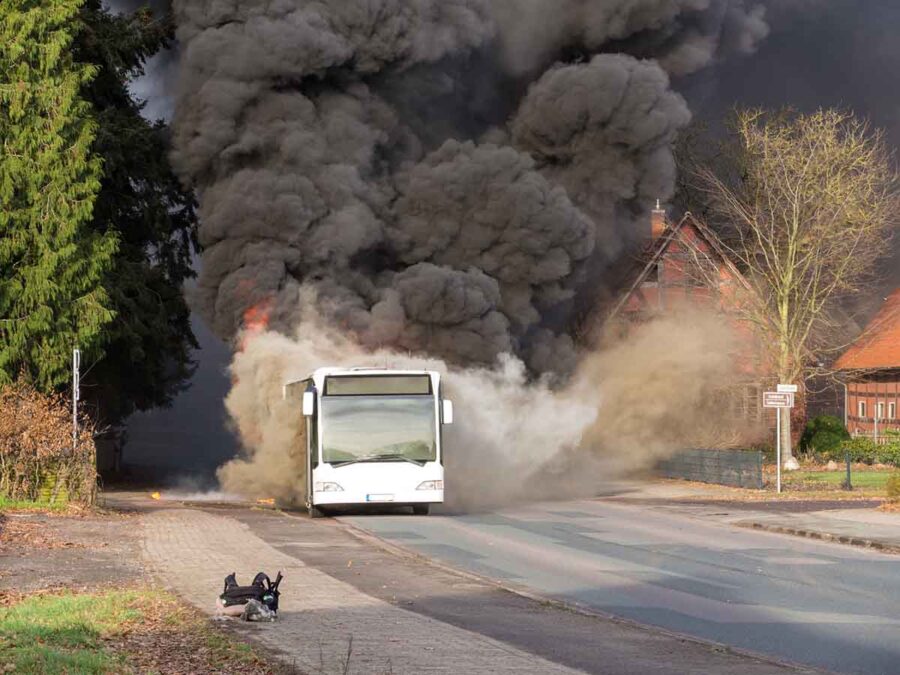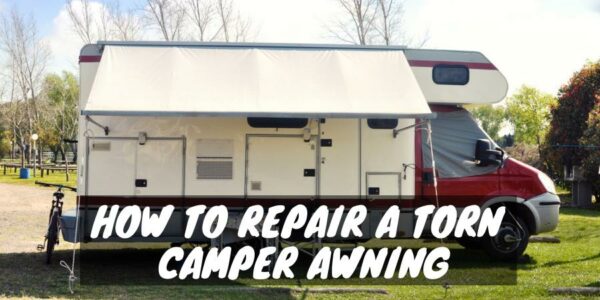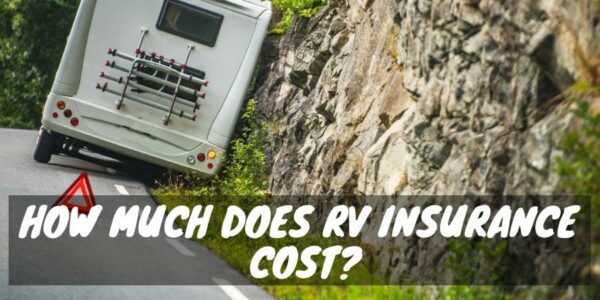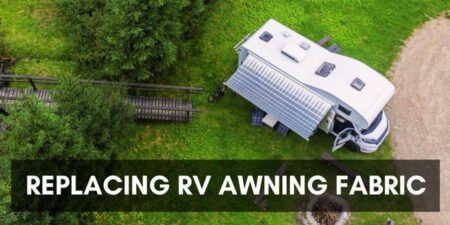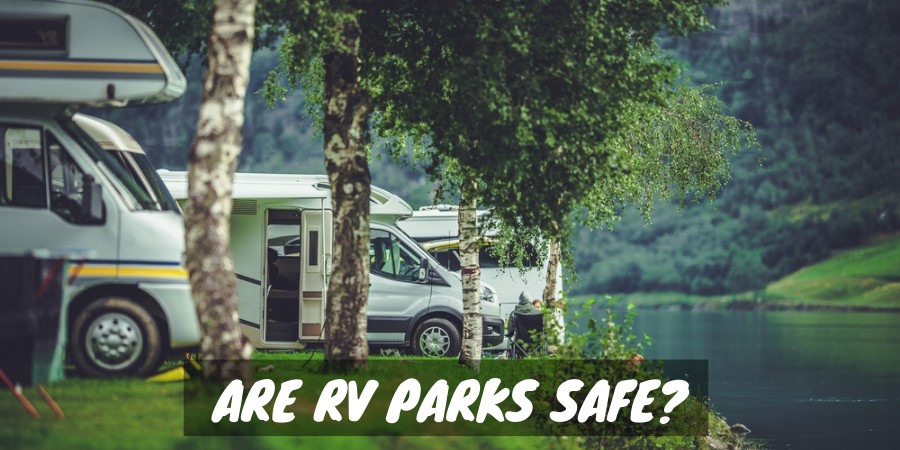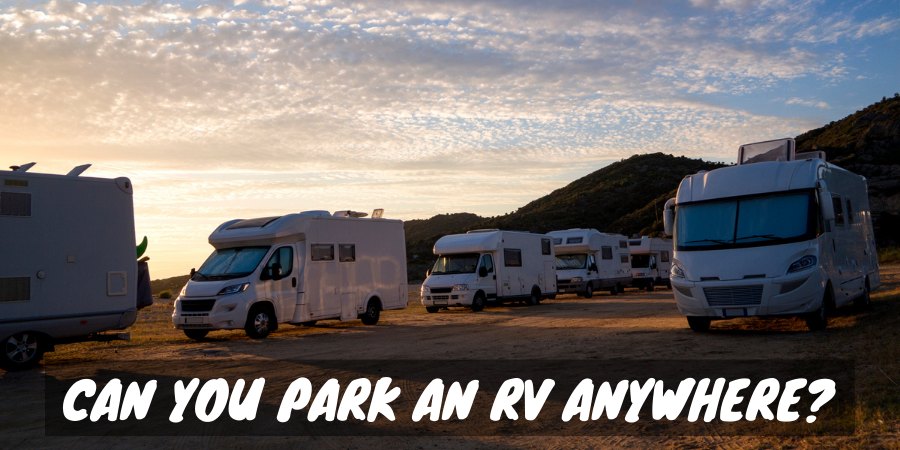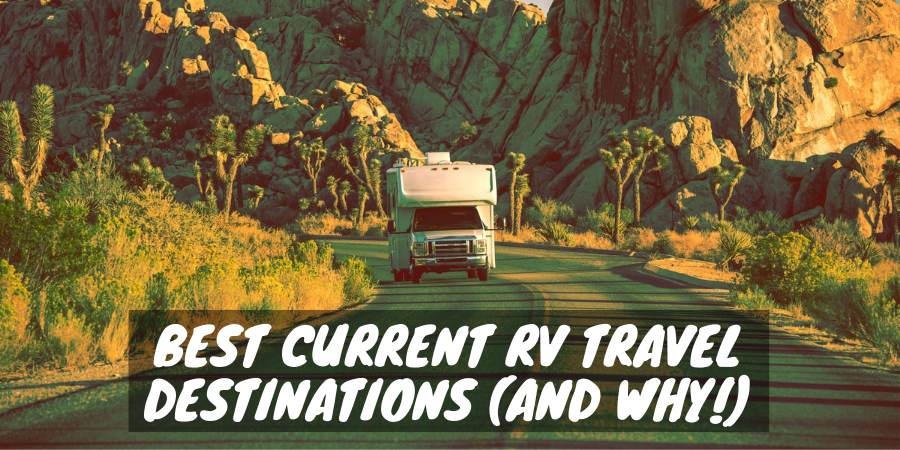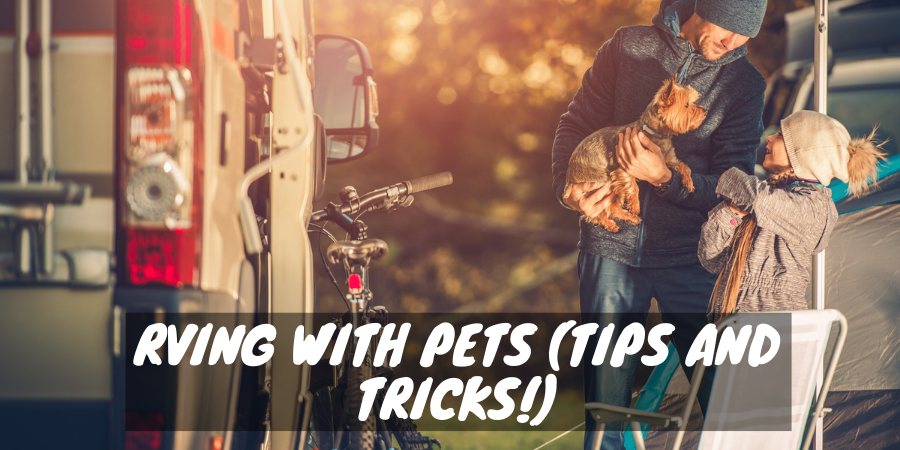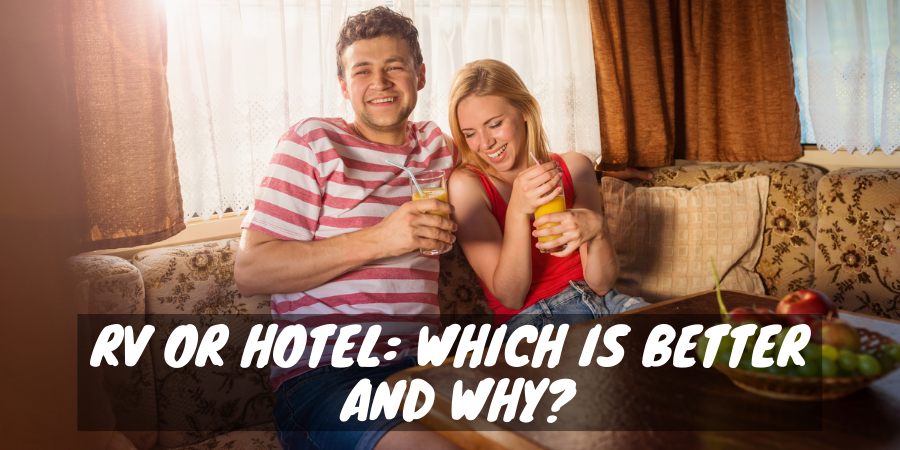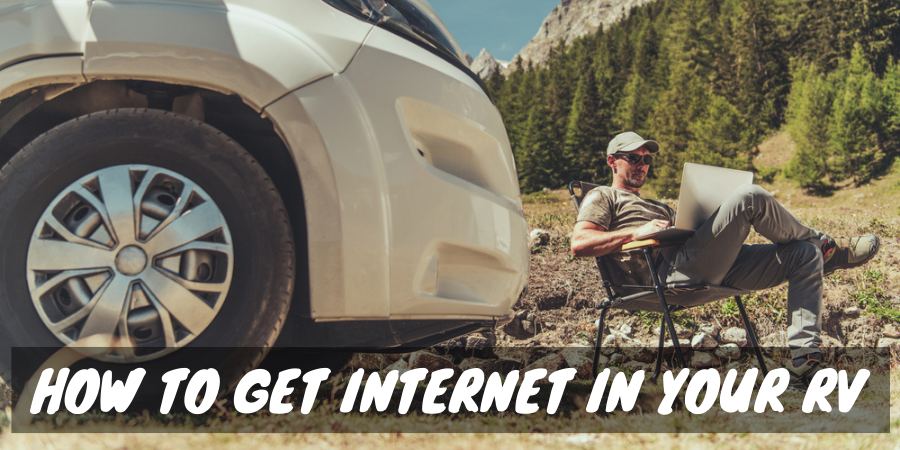RV insurance is important because it combines aspects of home and auto insurance, covering you on and off the road. It’s not just about legality; it’s about protecting your lifestyle.
This is a quick, abbreviated guide to RV insurance. It’s an easy read that gets you quickly up to speed on what you should know.
4 Types of RV Insurance Coverage

Let’s begin with the basics and review the various RV insurance types.
1. Liability Coverage
This must-have insurance covers damages or injuries you might cause to others. It’s your financial shield in the event of an accident.
Example
Suppose you’re driving your car and accidentally run a red light, hitting another vehicle. The damage to the other car and any potential medical expenses for its occupants could be substantial.
If you have liability coverage as part of your auto insurance policy, this coverage will help pay for the repairs to the other vehicle and the medical costs of the other party up to the limits of your policy. It would not cover the damages to your own vehicle or your medical expenses; those would be covered under different parts of your insurance, like collision or personal injury protection coverage.
This example illustrates how liability coverage works as a financial shield, protecting you from having to pay out of pocket for damages or injuries you’re responsible for causing to others in an accident.
2. Comprehensive and Collision
Comprehensive coverage covers events like theft, fire, and storms.
Collision coverage covers damages from hitting another vehicle or object.
Example
Imagine you have comprehensive and collision coverage for your car. One evening, a thunderstorm causes a tree to fall on your parked car, resulting in significant damage. In this scenario, your comprehensive coverage would cover the damages since it includes protection against non-collision events like storms, theft, and falling objects.
Later, while driving, you accidentally rear-end another car, damaging the front of your vehicle. This is where collision coverage comes into play. It covers damages to your car from accidents involving collisions with other vehicles or objects.
Both types of coverage have their deductibles, but they provide extensive protection for your vehicle, covering a wide range of incidents beyond standard liability insurance.
3. Uninsured Motorist
This is important if the other guy in an accident isn’t covered or skimps on their insurance.
Example
Uninsured motorist coverage protects you in accidents with drivers who lack insurance or have insufficient coverage.
For instance, if you’re hit by an uninsured driver, you’d normally have to pay for repairs or sue the other driver, which can be costly and uncertain.
With uninsured motorist coverage, your insurer covers the damages, saving you from out-of-pocket expenses. This coverage is crucial in areas with many uninsured drivers, offering a safety net against financial losses from accidents caused by others.
4. Extras
Consider roadside assistance for those tight spots or total loss replacement to get you back on four wheels if your RV is a total goner.
Examples
- Roadside Assistance: Imagine you’re driving your RV through a remote area when it suddenly breaks down. With roadside assistance coverage, you call a hotline, and a service vehicle is dispatched to your location to help with minor repairs or tire changes or even tow your RV to the nearest repair facility, ensuring you’re not left stranded.
- Total Loss Replacement: If you’re involved in a severe accident and your RV is deemed a total loss (meaning the cost to repair it exceeds its current value), total loss replacement coverage steps in. Instead of just receiving the depreciated value of your RV, this coverage allows you to replace your totaled vehicle with a new model of similar make and quality, getting you back on the road without a significant financial setback.
4 Factors Influencing Costs
What you’ll pay depends on several factors:
- The type and age of your RV: Newer, larger, and more luxurious RVs generally come with higher purchase prices, insurance costs, and maintenance fees. Older models might have lower initial costs but could require more frequent repairs and part replacements, potentially leading to higher overall expenses.
- How often and how far you’ll drive it: More frequent use and longer distances can lead to increased wear and tear, necessitating more maintenance and potentially higher fuel costs. Additionally, insurance companies may consider these factors when calculating premiums, as they can affect the likelihood of accidents or damage.
- Your driving record: A clean driving record can lead to lower insurance premiums because insurers view you as a lower risk. Conversely, if your driving history includes accidents, traffic violations, or claims, you may face higher insurance costs due to the increased risk of future claims.
- Where you park it: Parking your RV in a secure location, such as a private driveway or a secured RV park, can lower insurance costs compared to street parking or unsecured areas. However, the risk of theft, vandalism, and environmental damage (like hail or falling trees) can be higher in certain areas, influencing your insurance premiums and potential repair costs.
Also, choosing higher deductibles can lower premiums, but it means more out-of-pocket expenses if something happens.
Choosing the Right Policy
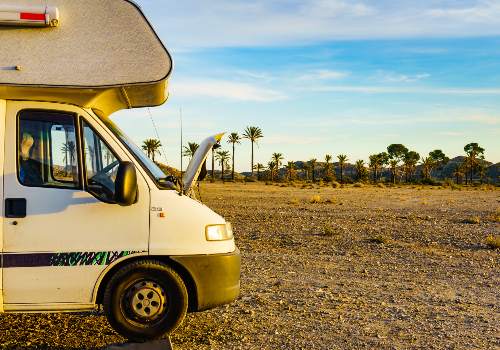
Match your insurance to your RV life.
Want to Connect With a Community of Over 1,078 RV Enthusiasts?
Heavy usage or living full-time in your RV ups the need for comprehensive coverage.
Compare what’s out there, look at customer reviews, and understand the policy details—especially what it doesn’t cover. Choosing the right RV insurance policy involves considering several factors and comparing options from various providers.
Websites like Good Sam, RVInsurance.com, Nationwide, National General, Progressive, and Roamly are great resources for researching and comparing RV insurance options.
Common Questions and Pitfalls
People often miss asking about policy limits or what happens if they live in the RV when it needs repairs.
Avoid lowball coverage just to save money upfront.
It’s about balancing cost with the protection you might actually need.
Conclusion
Getting into RVing means gearing up for freedom and fun but also being smart about protecting your ride and home.
Choosing the right RV insurance policy isn’t just ticking a box; it’s ensuring your adventure doesn’t become a headache.
Keep it simple, focus on what matters, and you’ll be set to roll.
"Man cannot discover new oceans unless he has the courage to lose sight of the shore."
-- Andre Gide

